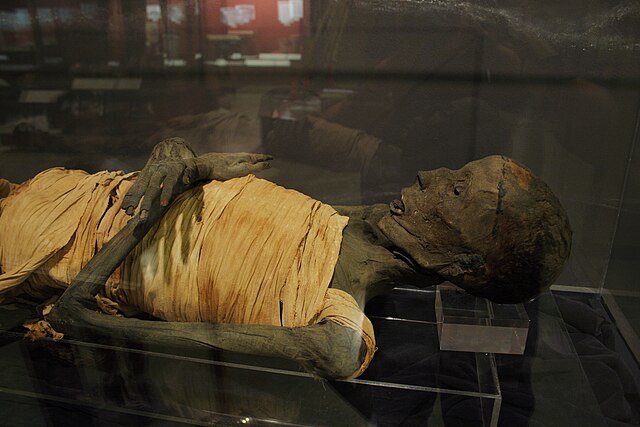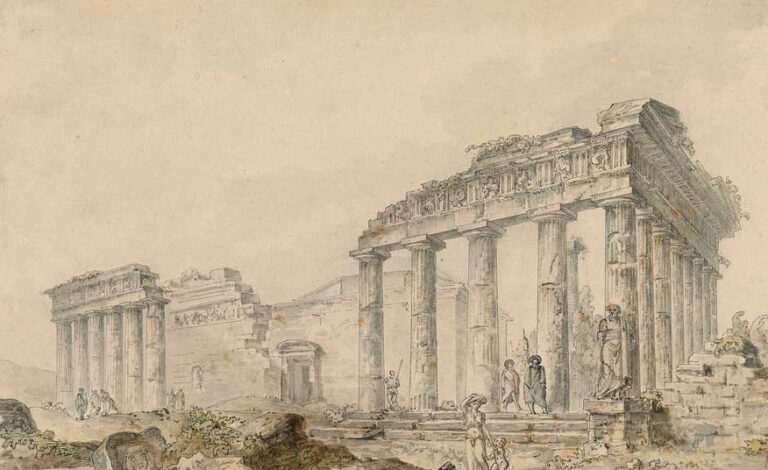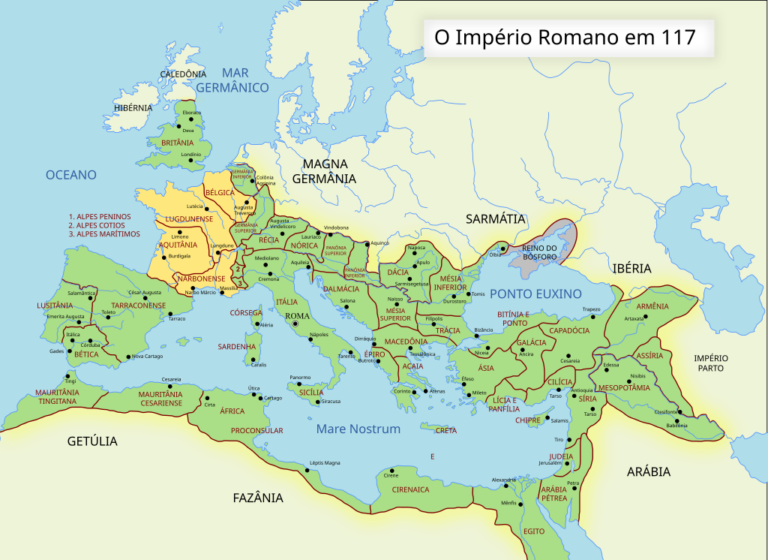
Mummification is one of history’s most fascinating and mysterious preservation techniques, especially in ancient Egypt. While most people are familiar with the idea of wrapping bodies in linen, there are many surprising mummification facts that go far beyond this basic understanding. From unusual embalming methods to unexpected discoveries, here are some of the weirdest and most intriguing facts about mummification throughout history:
1. The First Mummies Were Accidental
Before Egyptians mastered mummification, their earliest burials (around 3400 BCE) involved simply placing bodies in hot desert sand, which naturally dried them out. These bodies were accidentally mummified and remarkably well-preserved, inspiring later artificial techniques.
2. The Brain Was Removed Through the Nose—And Often Thrown Away
The ancient Egyptians considered the brain useless in the afterlife. To remove it, embalmers would insert a long hook-like tool up the nostril, scramble the brain into a mushy liquid, and then extract it piece by piece. Strangely, while the heart was preserved carefully (as it was believed to be the seat of intelligence), the brain was often discarded entirely.
3. Fake Eyes Were Sometimes Used
Mummies often had fake eyes inserted to make them look more lifelike. These could be made from stones, onions, or even painted shells. Some high-status mummies had gold eyes to symbolize divinity.
4. Animal Mummies Were Everywhere—And Often Fakes!
The Egyptians mummified millions of cats, crocodiles, birds, and even baboons to serve as offerings to the gods. However, X-ray scans have revealed that many “mummified animals” contained nothing but bundles of rags and sticks, likely because demand was so high that embalmers started faking them
5. Embalmers Used Ancient “Mummy Juice”—And It Smelled Awful
The mummification process involved coating bodies in natron salt to dehydrate them, but embalmers also used a mix of resins, oils, and perfumes to slow decomposition. The result? A strong, sticky, rotting-pine scent that would cling to everything.
6. Mummies Were Used as Medicine in Medieval Europe
For centuries, ground-up mummies were used in European medicine as a supposed cure for various ailments. The powder, known as “mumia,” was thought to heal wounds, stop bleeding, and even cure epilepsy. This gruesome practice lasted well into the 17th century.
7. King Tut’s Mummy Caught on Fire in His Own Tomb
When King Tutankhamun’s mummy was discovered in 1922, researchers found that his body had been badly burned inside the tomb. Scientists later realized this was caused by a chemical reaction between the embalming oils and oxygen, essentially cooking his body at 390°F (200°C)!
8. The World’s Oldest Mummies Are Not Egyptian
While Egyptian mummies are the most famous, the oldest mummies in the world come from Chile and Peru. The Chinchorro people began mummifying their dead over 7,000 years ago, more than 2,000 years before the first Egyptian mummies!
9. Victorians Had Mummy Unwrapping Parties
In the 19th century, wealthy Europeans held “mummy unwrapping parties” as a form of entertainment. Aristocrats and scholars would gather to watch as ancient Egyptian mummies were unraveled layer by layer, often damaging priceless artifacts in the process.
10. Mummies Were Turned Into Paint
Artists in the 18th and 19th centuries used a pigment called “Mummy Brown,” made by grinding up actual mummified remains. This paint was prized for its rich, earthy tone but lost popularity once people realized it literally contained human remains.
11. Mummies Were Used to Make Paper
In the mid-19th century, paper manufacturers in the U.S. reportedly used mummy wrappings as a cheap substitute for wood pulp. The linen bandages were processed and turned into paper, meaning that some old newspapers may have been printed on recycled mummy wrappings!
12. Some Mummies Were Coated in Beetle Juice
No, not the movie—actual beetles! In some cases, embalmers used a mix of insect secretions, resins, and plant oils to preserve bodies. Certain resins came from beetle larvae, which secreted a natural lacquer that hardened the skin and helped prevent decay.
13. Some Pharaohs Had Their Mummies Destroyed—On Purpose
Not all mummies were meant to last forever. Some hated rulers, like Akhenaten, were deliberately removed from history. Their tombs were raided, their names were chiseled off monuments, and their mummies were destroyed to erase them from existence.
14. The First “Mummy Curse” Was Made Up by Newspapers
The famous Curse of the Pharaohs, which supposedly causes anyone who disturbs a mummy’s tomb to suffer misfortune or death, was actually invented by 20th-century journalists. When Howard Carter discovered King Tut’s tomb in 1922, newspapers spread wild rumors about the curse, despite Carter himself never believing in it.
15. Some Mummies Had Golden Tongues
Archaeologists have found Egyptian mummies with gold tongues placed in their mouths. This was likely meant to help them speak in the afterlife, possibly to Osiris, the god of the dead. Some of these golden tongues are beautifully crafted and still shine after thousands of years!
16. Incan Mummies Were Brought Out for Special Events
The Inca civilization didn’t just bury their mummies—they kept them on display and even dressed them up. Some Incan mummies were treated like living ancestors, seated in palaces, “consulted” for advice, and even brought out for festivals.
17. Bog Mummies Were Naturally Pickled
Unlike Egyptian mummies, bog bodies found in Europe weren’t wrapped or embalmed. Instead, they were naturally preserved in acidic, oxygen-poor swamps, which turned their skin into leather and even kept their hair intact. Some bog mummies are so well-preserved that scientists can still see their fingerprints!
18. A Mummy Helped Discover the Oldest Known Prosthetic Limb
A 3,000-year-old Egyptian mummy was found with an early prosthetic toe made of wood and leather. Scientists believe this was an actual functioning prosthetic rather than just for burial purposes, making it one of the oldest artificial body parts ever discovered.
19. Some Mummies Had Tattoos That Glowed Under Light
A few ancient Egyptian mummies were found with mystical tattoos, which could only be seen under infrared light. The tattoos may have symbolized protection, religious devotion, or social status, and they show that tattooing was more common in ancient Egypt than previously thought.
20. Mummies Have Been Found Inside Buddhist Temples
In some Buddhist traditions, monks attempted self-mummification by following extreme diets and drinking toxic tree sap to prevent decay after death. In rare cases, their bodies were found perfectly preserved and were later placed inside statues or shrines as objects of worship.
21. Not All Mummies Are Ancient—Some Are Modern
While most mummies date back thousands of years, some modern corpses have unintentionally mummified. One of the most famous example is Evita Perón, the First Lady of Argentina, whose body was so well-preserved after her death in 1952 that it looked lifelike for decades. Similarly, after Vladimir Lenin died in 1924, Soviet scientists embalmed his body using advanced preservation techniques. His corpse still remains on display in Moscow, requiring constant maintenance—including a chemical bath every few months to keep him looking “fresh.”
22. Scientists Have Recreated the Voice of a Mummy
In 2020, researchers 3D-printed the vocal tract of a 3,000-year-old Egyptian mummy named Nesyamun, allowing them to reproduce what his voice might have sounded like.
23. The “Mountain Mummies” Were Found in Perfect Condition
In 1999, archaeologists discovered the frozen mummies of three Incan children on top of a volcano in Argentina. They were so well-preserved that scientists could still see their hair, skin, and even the food in their stomachs, making them some of the most perfectly frozen mummies ever found.
24. A Pharaoh’s Mummy Had a Passport
In 1974, when Ramses II’s mummy needed to be flown to France for preservation work, Egyptian authorities issued it an official passport, listing his occupation as “King (deceased).” The mummy was then flown in first class, receiving a royal welcome at the airport!
25. Some Mummies Were Found with Their Mouths Wide Open
Many mummies have been discovered with their jaws horrifyingly wide open, as if they were screaming. For years, people thought this was a sign of a cursed death or supernatural forces. In reality, it happens when the jaw muscles relax after death, causing the mouth to fall open naturally.
26. The Tarim Mummies Have Mysterious European Features
The Tarim Basin Mummies, found in China, are over 4,000 years old, but strangely, they have red hair, long noses, and European-like facial features. Scientists believe they belonged to an ancient lost civilization of Indo-European people, proving that cross-cultural migration happened much earlier than previously thought.
27. Some Mummies Were Coated in Honey
There are records of honey being used as an embalming agent in ancient times. Some historians even claim that in ancient China, bodies were sometimes sealed in honey for preservation. The resulting mixture, called “Mellified Man,” was believed to have medicinal properties and could be eaten as a cure for diseases!
28. A Mummy Helped Solve an Ancient Murder Mystery
The Ötzi Iceman, a 5,300-year-old frozen mummy found in the Alps, was originally thought to have died from the cold. However, CT scans later revealed he had an arrowhead lodged in his shoulder, proving he was actually murdered!
29. Some Mummies Were Covered in Gold
Egyptian pharaohs and high-ranking nobles were sometimes covered in thin sheets of gold before being wrapped. Gold was seen as the “flesh of the gods,” and being encased in it was believed to ensure divine protection in the afterlife.
30. Not All Mummies Were Wrapped—Some Were Left Out in the Open
While most people imagine Egyptian mummies wrapped in linen, some cultures didn’t use wrappings at all. The Chinchorro people of ancient Chile simply coated their dead in mud and paint, preserving them in a seated position.
31. Some Mummies Still Have Their Hair Styled
Many Egyptian and Incan mummies have been found with perfectly preserved hairstyles, including elaborate braids, wigs, and even dyed hair. Some still have fleas and lice trapped in their hair, giving insight into ancient hygiene habits.
32. A Mummified Finger Was Mistaken for a Relic of Jesus
In medieval times, many Egyptian mummies were taken to Europe and sold as religious relics. Some were mistaken for the remains of saints, and there are even records of a mummified finger being passed off as belonging to Jesus himself!
33. The Process of Mummification Was Lengthy
In ancient Egypt, mummification was a complex, 70-day process. It involved removing internal organs (except the heart, which was believed to be the seat of the soul), treating the body with natron (a natural salt), and wrapping it in linen bandages. The brain was often extracted through the nose using special hooks.
34. Modern Technology Reveals Mummy Secrets
Advances in technology, like CT scans and DNA analysis, allow scientists to study mummies without damaging them. These tools have revealed details about ancient diseases, diets, and even cause of death. For example, scans of King Tutankhamun’s mummy suggest he may have died from complications of a broken leg and malaria.
…
Cover image: V31S70 (Antti T. Nissinen), CC BY 2.0 https://creativecommons.org/licenses/by/2.0, via Wikimedia Commons
Related articles:
Egyptian Mummies | Smithsonian Institution
Cultures of Predynastic Egypt: Unearthing the Foundations of a Great Civilization




